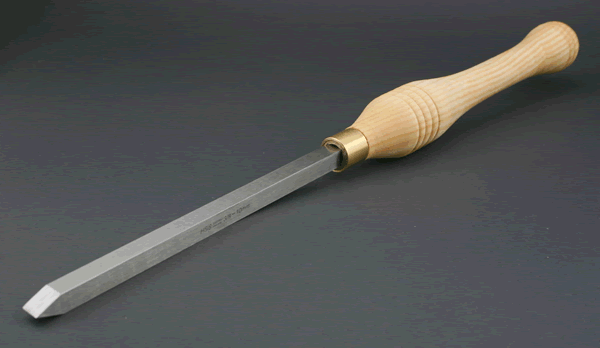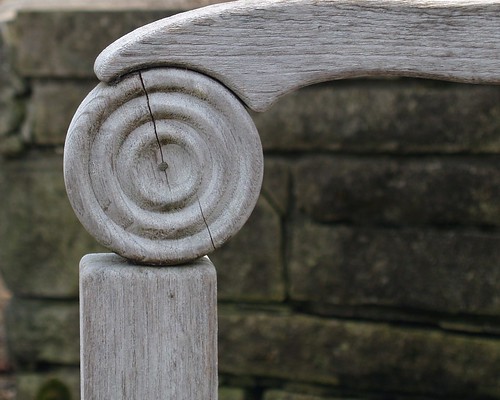InsideBevel
Member
- Joined
- 9 Nov 2007
- Messages
- 9
- Reaction score
- 0
Hi,
just wondering what kind of tool would you use to make the beads seen in this picture?:
http://www.flickr.com/photos/38398040@N06/4563262100/
I'm new to turning so I'm not sure what would be best....spindle gouge?
just wondering what kind of tool would you use to make the beads seen in this picture?:
http://www.flickr.com/photos/38398040@N06/4563262100/
I'm new to turning so I'm not sure what would be best....spindle gouge?














